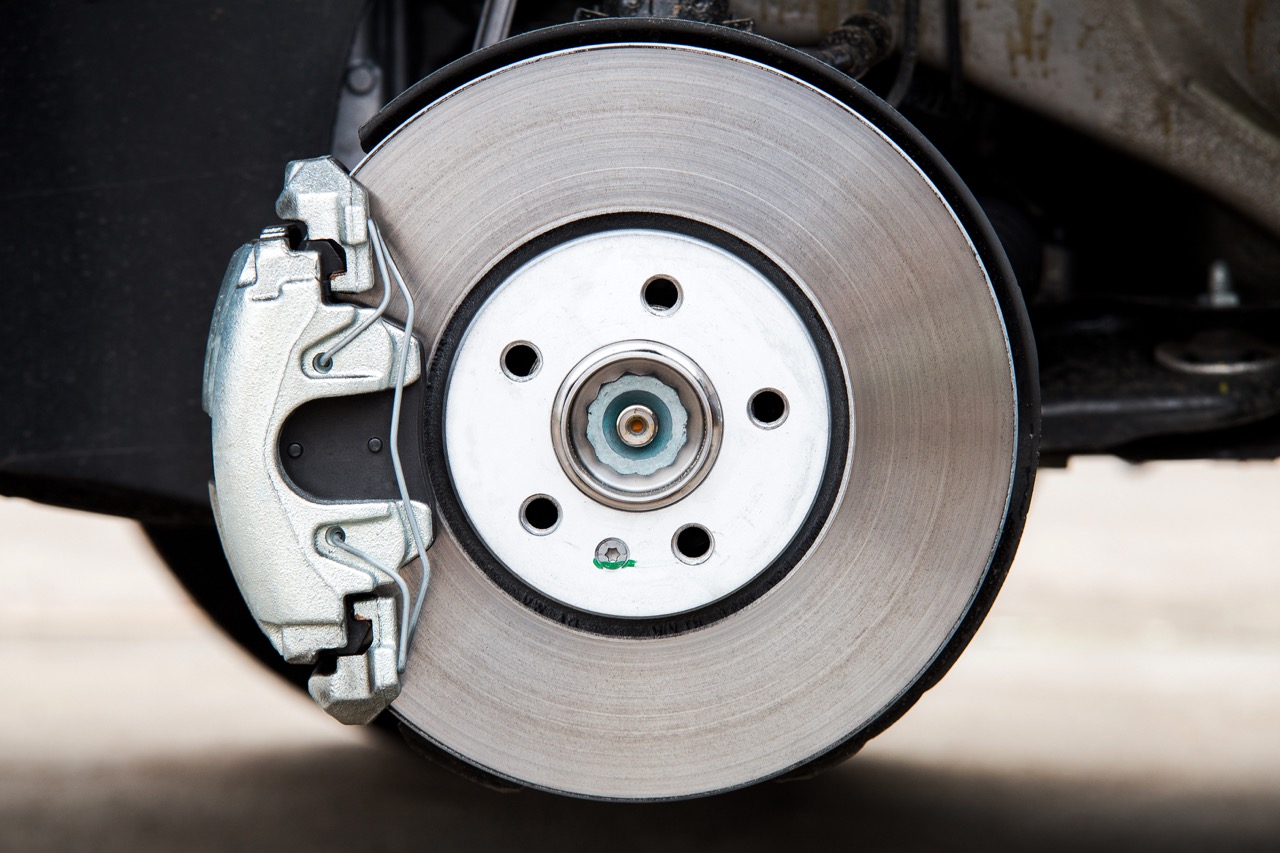
So you’ve just replaced your brakes at Master Muffler at Kearns. You might think your work here is done! But one thing we always like to remind our clients is that there is another vital step after brake replacement: breaking in or “bedding” your new brakes. Whether you’ve just replaced the brake pads, rotors, or the complete braking system, breaking in your brakes will extend their overall lifespan and improve performance. Thankfully, bedding brakes is a simple process. Here’s what you’ve got to do!
Is Breaking in Brakes Necessary?
If you’re wondering why breaking in your brakes is necessary, you’re not alone! Most people don’t know that your old brake pads (and your new ones) leave behind a layer of material known as the “transfer layer”. When you’re initially breaking in those new brakes, an even transfer layer is created on the rotors. Establishing this even layer ensures that your brake pads won’t suddenly wear unevenly before your next brake change.
What If I Don’t Break In My Brakes?
It’s not uncommon for brake pads to wear down unevenly. In fact, most driver’s come to get their brake pads replaced before they should because one or several brake pads are more severely worn down than the rest. Why does this happen? Well, as the brake pad’s transfer layer is deposited, without the right aftercare, this layer can become uneven. You might even notice your car vibrating or shaking as you brake. Often this is because there are highs and lows on your brake pads, and without the proper care, it can cause major damage to the braking rotors themselves.
So what’s the takeaway? If you notice you’re having to replace your brakes far more often than normal, it could be because you’re not properly braking in your brakes. Save yourself a bit of time and a lot of money by doing the job right!
Can You Ask a Mechanic to Bed the Brakes?
Absolutely! Although bedding new brakes is a simple process, not everyone has time for it. Let your mechanic know that you’d like this done. Because although it’s a common practice at Master Muffler, some mechanics only change the parts and skip this step. If your mechanic plans to break in the brakes, you do not have to repeat the process afterward. Doing so a second time is unnecessary and can cause extra strain on these fresh parts.
Breakdown of Breaking In Brakes
The process is rather simple, but keep in mind that you will be driving around, speeding up, and making more abrupt stops than normal. It’s best to get this done in an area you’re familiar with, and preferably one that isn’t crowded.
- Step 1: Speed up to 60 MPH
- Step 2: Quickly brake and slow down to about 20 MPH
- Step 3: Speed back up to 60 MPH
- Step 4: Repeat steps 2 and 3 at least 8 times
- Step 5: Cruise at a highway speed without braking for 10 minutes
- Step 6: Brakes are now broken in!
Because the goal is to hit a high speed and then brake quickly, it is important that you find the right place to do so. We suggest a highway or long strip of road in the early hours of the day. It might be tempting to skip Step 5 but remember that the transferred layer that you’ve just created from braking needs to fully cool to be evenly deposited. Once you’ve finished, your brake pads should now wear more evenly.
Visit Master Muffler of Layton
The team at Master Muffler is always ready to answer any questions you might have about your new braking system. Not sure if it’s time for new brakes? Stop by for a brake test today!
Related Posts
Key Takeaways On average, passenger vehicle tires last 40,000 to 60,000 miles, depending on type, driving habits, and maintenance. Replace tires when tread depth reaches 2/32”, if damaged, or older than 10 years. Regular rotation, alignment, and proper inflation extend tire life. Aggressive driving, poor roads, and harsh weather shorten tire lifespan. Take advantage [...]
When you think about car maintenance, you probably focus on oil changes, tire rotations, and maybe even brake pad replacement. But what about your brake fluid? If you’ve ever wondered, “What does brake fluid do?” or “Why is brake fluid important?”, you’re not alone. Brake fluid might not be the most talked-about part of [...]
Is that high-pitched squeal from your brakes driving you—and everyone else—crazy? Don’t ignore it. Squeaky brakes aren’t just annoying, they’re your car’s way of saying something needs attention. Whether you're cruising through Salt Lake City or winding up Idaho’s mountain passes, here’s what’s likely going on, how you can fix it, and when it [...]





